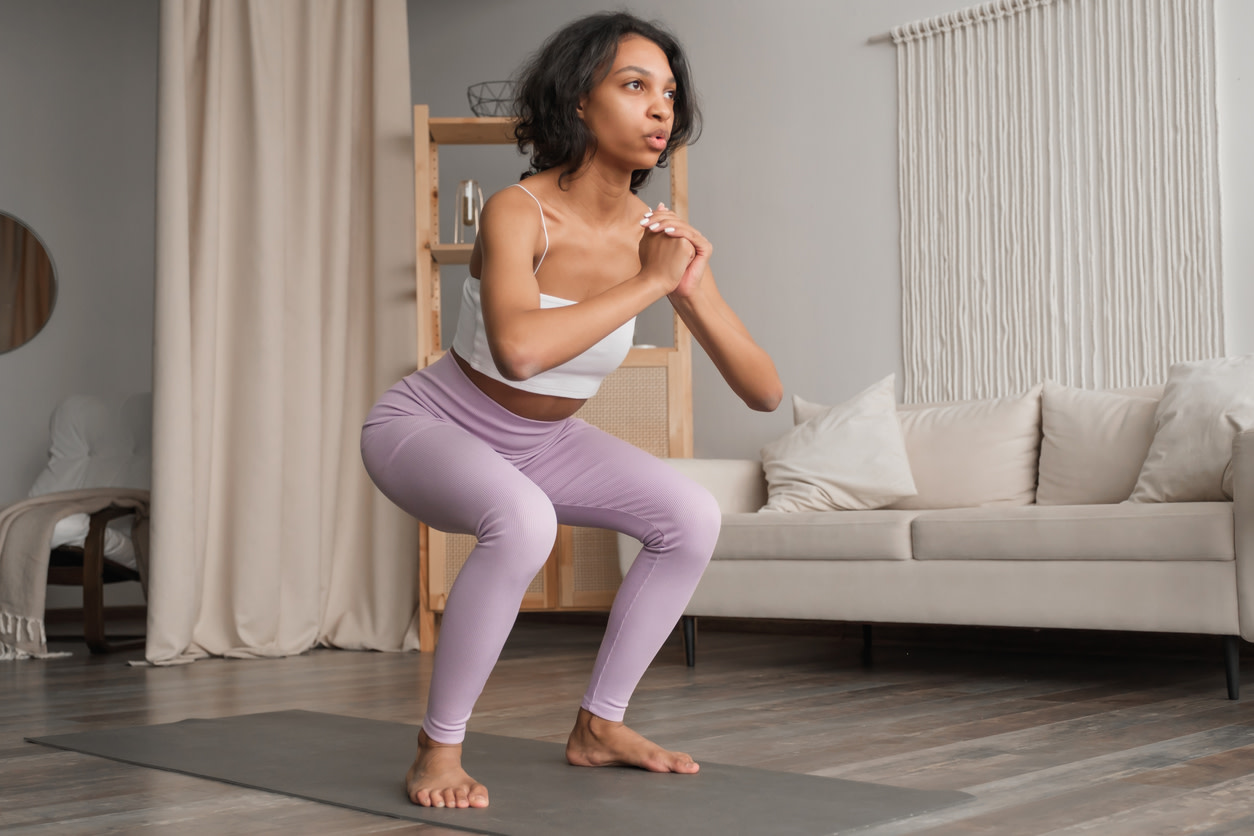Get Relief From Lower Back Pain When Squatting With Tips and Exercises From Physical Therapists
Discover effective ways to handle lower back pain when squatting with expert tips and recommended exercises from physical therapists.
$0 costo para usted
Fecha de Publicación: Aug 28, 2024
El índice
Fully covered back pain relief
Find relief from lower back pain, a thrown out back, sciatica, & more.
Check if I'm eligibleExercises for Lower Back Pain When Squatting
¿Quieres atención de expertos? Consulta si estás cubierto por nuestro programa gratuito →- Knee Rocking
- Bird Dog
- Banded Chair Squats
- Ankle Mobilization
- Clam Shell
